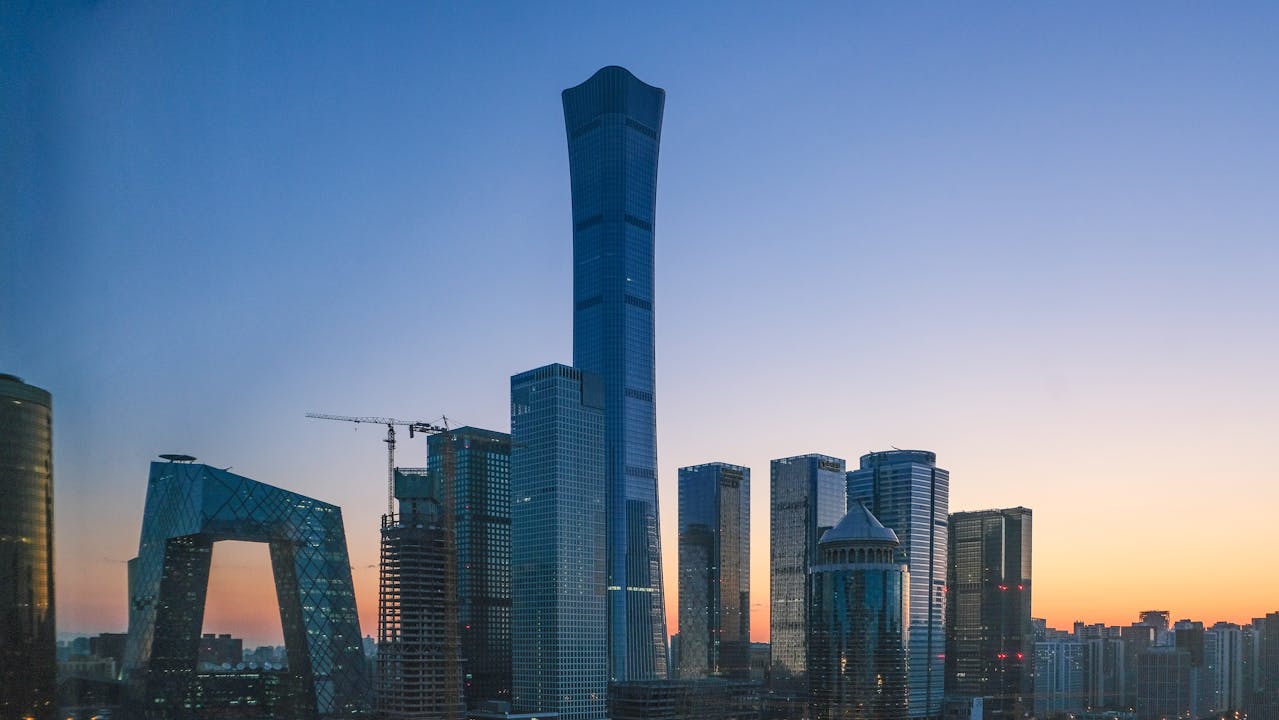Canada News
The evolution of China Inc. and the challenges for Canada

As China and the U.S. seek to divide the world into rival blocs, Canada should brace for rising hostility from the Chinese government. (Pexels Photo)
Increased anxiety about global security and interdependence has led Chinese policymakers to reconsider China’s economic integration with other countries, including Canada.
The Chinese market once was a promising outlet for Canadian goods and services. Exports to China grew to $19.9 billion in 2013 from $1.74 billion in 1997. But in the last decade, the momentum has been lost. Exports reached only $22.6 billion in 2023.
Opportunities for Canada to sell to the Chinese market may be limited in the future and will likely be at the mercy of the political and diplomatic calculations of its Chinese Communist Party (CCP) rulers. Contemplating how Canada might handle the evolution of China’s approach to trade requires examining how the current situation developed.
China opened its door to the world after the 1970s. In the following decades, its meteoric rise as an economic giant benefited tremendously from its participation in the open and free “liberal international order.”
However, Chinese policymakers never fully bought into the neoliberal principle of market fundamentalism.
The Chinese state has always played a key role in its economy through ownership of large enterprises in key industries, control of financial institutions, long-term strategic planning and its intertwining with private enterprises. The notion of a “China Inc.” highlights this distinctive feature of Chinese political economy.
However, China Inc. has not been standing still.
From the late 1970s through the 1980s, the post-Mao reform program focused on economic decentralization and liberalization. The unshackling of the country’s people and resources led to a remarkable economic takeoff.
From the early 1990s to the 2010s, a system of “state capitalism” featured a combination of state control of the strategic industries and the use of capitalist market mechanisms.
The state also recentralized fiscal and financial resources, which enriched the CCP while enabling the government to provide crucial goods to the public. China’s economic miracle continued. From 1992 to 2010, its annual GDP growth rate ranged between 7.7 and 14.2 per cent.
World safety depends on engagement with China
Canada’s relations with China need bold recalibration
Since the 2010s, a new model of “party-state capitalism” has taken hold. Under this model, the priority of Chinese leaders has shifted from economic development to regime security and national security, which in their minds are deeply intertwined.
This is where things got complicated for Canada.
Focusing on control and risk management, the CCP has expanded its presence in all types of economic entities, including private and foreign-invested enterprises, and increased its authority in business decision-making at every level. Chinese policymakers have stressed “comprehensive security,” including economic and financial security.
A series of new laws and regulations reflect their heightened sensitivity to the economic-security nexus, including the National Security Law (2015), the Cybersecurity Law (2016), the National Intelligence Law (2017) and the Data Security Law (2021).
Heightened unease about security on the part of the CCP is largely rooted in domestic crises – including a slowdown of economic growth; the accumulation of local government debt; collusion between business interests and officials; rising inequality; capital flight; and political turmoil in Hong Kong.
But it is also in part a reaction to a worsening external environment. In the last 15 years or so, the United States and its allies have unmistakably hardened their view of, and policy toward, China.
Chinese policymakers have expressed anger and frustrations at Western countries’ renewed criticisms of China’s human-rights abuses, more explicit expressions of support for the government in Taiwan and the protestors in Hong Kong, and the new U.S.-led security arrangements in the Indo-Pacific region, such as the Quad and AUKUS.
Chinese policymakers are increasingly concerned about the negative impact of interdependence on China’s national security, autonomy and influence.
Its “Made-in-China 2025” program, launched in 2015, seeks to upgrade Chinese manufacturing, develop its capacities in key industries and increase the domestic content of core materials.
In 2020, the Chinese government announced a “dual circulation” strategy, emphasizing the need to rely more on domestic consumption and innovation while continuing international co-operation.
China’s shift from being preoccupied with GDP growth under state capitalism to prioritizing security and risk management under party-state capitalism has taken place parallel with the emergence of a new international order.
In fact, the two have been mutually reinforcing. Since the 2010s, the so-called “liberal international order” has steadily given way to a more realpolitik-based system of great power competition.
Even the most pro-market governments have embraced protectionism and industrial policy openly and without hesitation. From the United States to the European Union, trade and investment barriers have been on the rise and government subsidies for key industries have boomed.
At the same time, there has been a growing tendency to securitize trade, investment, technological innovation and educational exchanges. These changes have in part been brought about by the ascendance of China Inc. and have in turn pushed the Chinese government further down the path of party-state capitalism.
As a small and open economy, Canada’s prosperity depends heavily on a rules-based liberal international economic system. As a junior partner of the United States, Canada’s policy autonomy depends on a flexible international political system.
China’s desire to increase self-reliance and reduce its vulnerability to an increasingly hostile external environment has contributed to a reduction of its exports to 20.7 per cent of the country’s GDP in 2022 from 27.2 per cent in 2010.
As foreign trade recedes in importance to China’s economy, the Chinese government has been less hesitant to weaponize trade for strategic gains.
For instance, several years ago, China banned imports of Canadian canola oil shortly after Canada detained Meng Wanzhou, chief financial officer of Huawei, at the request of the U.S. government. The three-year ban cost Canadian farmers billions of dollars in lost exports and lower prices.
On the political front, Canada is inextricably tied to the United States through economic, ideological and military partnerships.
Therefore, as China and the U.S. are increasingly locked in a zero-sum competition and are seeking to divide the world into rival blocs, Canada is at high risk of being on the receiving end of hostility from the Chinese government.
The Meng Wanzhou saga was a clear case in point. For the foreseeable future, Canada will need a great deal of diplomatic ingenuity to manage its relations with the United States and China to maintain sufficient space to pursue the best possible policies for Canadian interests.
This article is part of the Trade in an Era of Global Insecurity special feature series.
JOIN POLICY OPTIONS AND SEVERAL AUTHORS OF THIS SERIES FOR AN ONLINE DISCUSSION ON TRADE IN THIS ERA OF GROWING GLOBAL SECURITY CONCERNS SEPT. 16, AT NOON ET.
Click here to register.
This article first appeared on Policy Options and is republished here under a Creative Commons license.





















